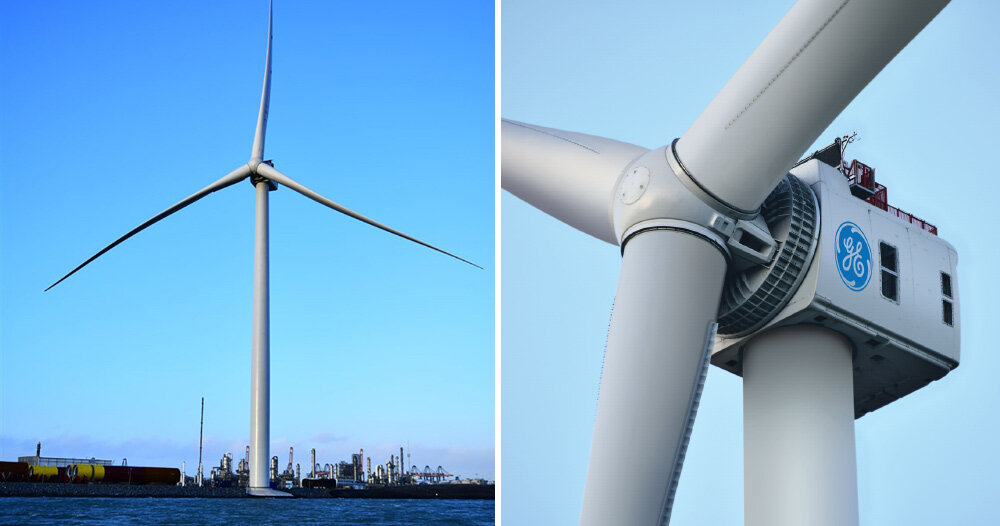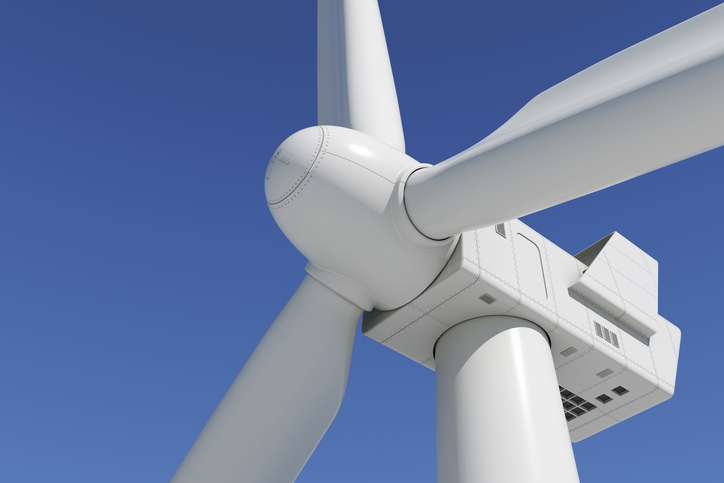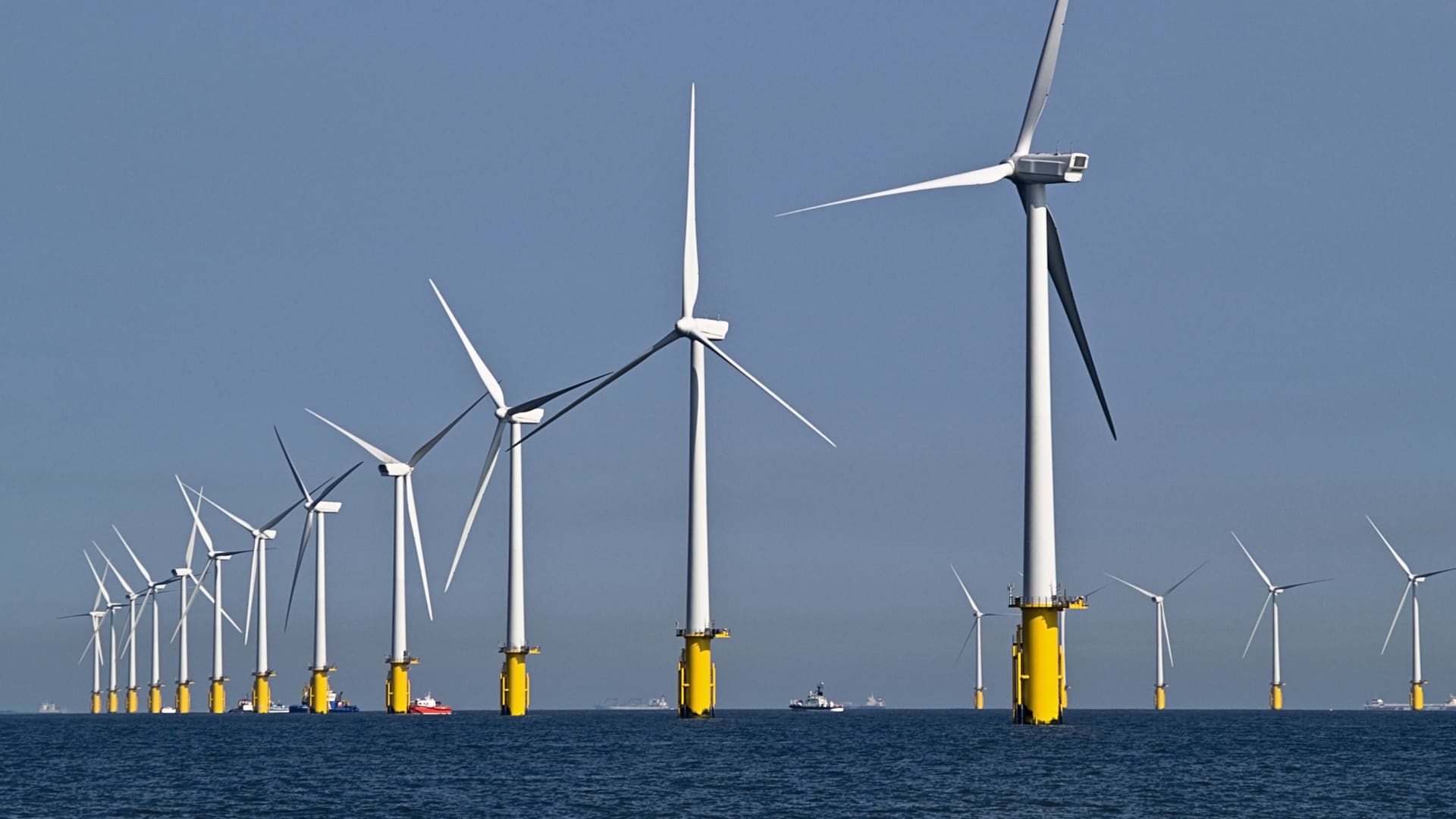As the turbines get taller, they tap into faster winds at higher altitudes, and those winds are steadier, increasing capacity factor. Capacity factor can also be improved by blade design and throttling. And of course, the cost per kWh also falls with bigger machines due to 'economy of scale'.
There are many tales in the Green Room of boondoggle wind turbines (mostly in New England). The common factor: they were all way too small.
Meet the biggest turbine in the world in 2021:
![[Hearth.com] With wind power, bigger is definitely better..... [Hearth.com] With wind power, bigger is definitely better.....](/talk/proxy.php?image=https%3A%2F%2Fritholtz.com%2Fwp-content%2Fuploads%2F2021%2F02%2Fnewgen.png&hash=f32df8a587b3d53387db07b2638cab27)
Starting in 2026, a fleet of just 190 of these guys will provide up to 4% of the UK's total electricity needs. As a single project.
Thomas Edison would be impressed by what his company has wrought. So long as they are AC.
There are many tales in the Green Room of boondoggle wind turbines (mostly in New England). The common factor: they were all way too small.
Meet the biggest turbine in the world in 2021:
![[Hearth.com] With wind power, bigger is definitely better..... [Hearth.com] With wind power, bigger is definitely better.....](/talk/proxy.php?image=https%3A%2F%2Fritholtz.com%2Fwp-content%2Fuploads%2F2021%2F02%2Fnewgen.png&hash=f32df8a587b3d53387db07b2638cab27)
Starting in 2026, a fleet of just 190 of these guys will provide up to 4% of the UK's total electricity needs. As a single project.
Thomas Edison would be impressed by what his company has wrought. So long as they are AC.

Last edited:





